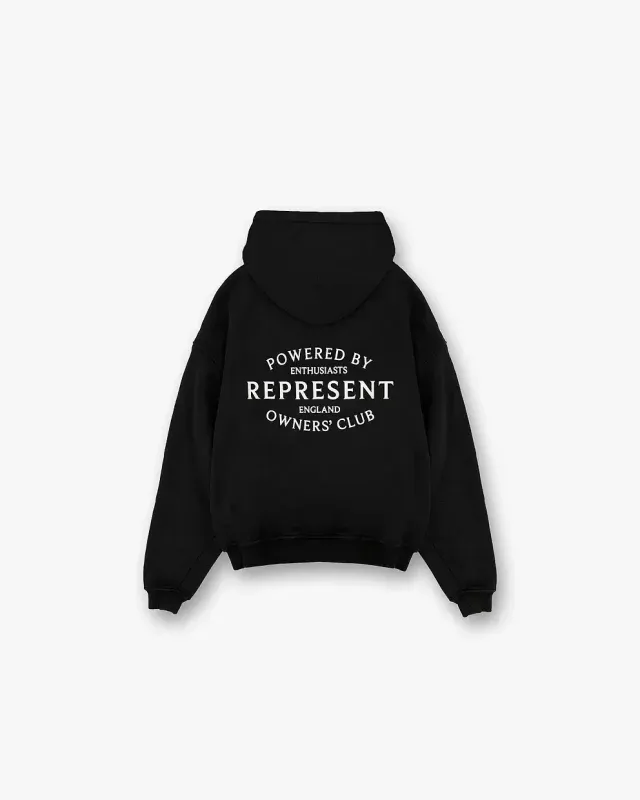The Represent origins trace back to the 1930s, when the Champion brand introduced it as part of its line of sportswear designed for athletes. Initially created to keep athletes warm during outdoor activities, the hoodie featured a simple design: a hood attached to a sweatshirt. Its practicality made it popular among workers and athletes alike, but its cultural significance was yet to unfold.
In the 1970s and 1980s, the Represent hoodie began to gain traction in urban culture. It became synonymous with the rise of hip-hop and street fashion, representing a departure from traditional fashion norms. Pioneering artists like Run-D.M.C. and later, hip-hop legends, embraced the hoodie for its blend of comfort and rebellious flair. This period marked the hoodie’s transformation from a purely functional garment to a symbol of counterculture and individuality.
Represent T Shirt gained popularity, it also became
As the Represent T Shirt gained popularity, it also became a canvas for personal and political expression. In the 1990s and 2000s, it became associated with various social movements and issues. The hoodie was worn as a statement of resistance and solidarity, notably during the Trayvon Martin case in 2012. Martin, a teenager whose tragic death sparked nationwide protests, was famously wearing a hoodie at the time of the incident. This event underscored the hoodie’s dual role as both a fashion statement and a symbol of social justice.
The Represent T Shirt versatility also allows it to transcend various fashion subcultures. In the tech world, it’s a uniform for Silicon Valley innovators and entrepreneurs, symbolizing a blend of casual professionalism and intellectual prowess. In the realm of high fashion, designers like Karl Lagerfeld and brands like Balenciaga have elevated the hoodie, integrating it into luxury collections and reimagining its silhouette and fabric. This crossover from streetwear to high fashion illustrates how the hoodie can embody different aspects of identity, from rebelliousness to sophistication.
Represent sweatshirt has faced criticism and stigma
Despite its popularity, the Represent sweatshirt has faced criticism and stigma. Its association with hooded figures in media and the general public has led to stereotypes and misconceptions. The garment has been unfairly linked to criminal behavior and youth delinquency, resulting in some public spaces and institutions enacting dress codes to ban or restrict hoodies. This perception underscores the garment’s complex relationship with societal norms and the challenges of overcoming bias based on appearance.
Today, the Represent sweatshirt remains a dynamic and evolving piece of clothing. It reflects current fashion trends while maintaining its core attributes of comfort and practicality. It’s a garment worn across various contexts—from casual streetwear to high fashion runways—showcasing its adaptability and enduring appeal.3
Represent sweatpant role in personal expression
The Represent sweatpant role in personal expression continues to thrive. It’s a versatile piece that can be customized with graphics, slogans, and unique designs, allowing individuals to convey their personalities and beliefs. As society progresses, the hoodie adapts, embodying new trends and cultural shifts.
In essence, the Represent sweatpant is more than just a piece of clothing. It is a cultural artifact that represents a convergence of fashion, identity, and societal dynamics. Its journey from functional sportswear to a symbol of social commentary highlights its significance in both personal and collective contexts. Whether seen as a casual staple, a statement of rebellion, or a high-fashion trend, the hoodie remains a powerful emblem of modern culture and personal expression.
